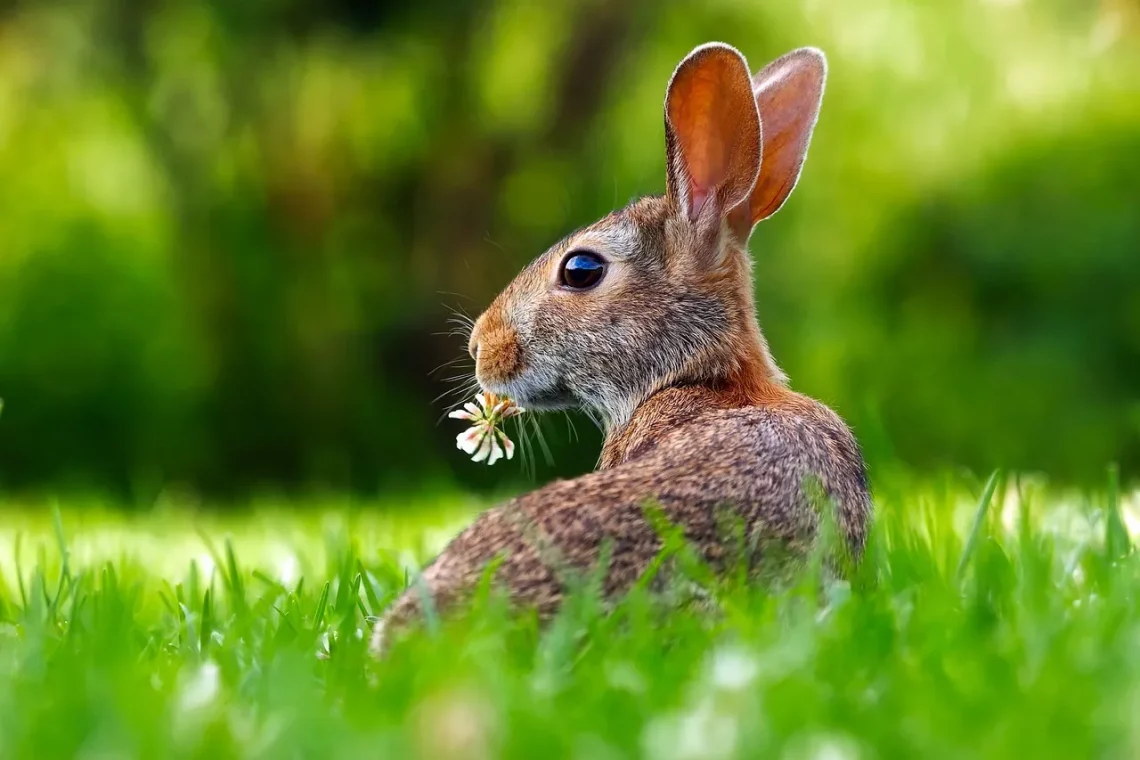
Should Rabbits Eat Lettuce? Understanding Their Dietary Needs
Rabbits are fascinating creatures, known for their playful personalities and unique dietary needs. As pet owners increasingly seek to provide their furry companions with the best possible nutrition, questions arise about what constitutes a proper diet for rabbits. While many people associate rabbits with carrots, the reality is that these animals have specific dietary requirements that must be understood to ensure their health and well-being.
One of the most debated topics among rabbit owners is whether or not lettuce should be included in a rabbit’s diet. While lettuce is often considered a staple in the diets of many small animals, it can be misleading when it comes to rabbits. Not all types of lettuce are created equal, and understanding the nutritional value, benefits, and potential drawbacks of feeding lettuce to rabbits is crucial. Additionally, this discussion opens the door to a broader understanding of the various foods that can be included in a rabbit’s diet, emphasizing the importance of a balanced and varied approach.
In this article, we will delve into the dietary needs of rabbits, the role of different types of vegetables, and how to create a well-rounded menu for your pet. By gaining insight into these aspects, you can ensure that your rabbit enjoys a healthy and fulfilling life.
Understanding Rabbit Nutrition
To properly care for a rabbit, one must first understand its unique nutritional needs. Unlike dogs or cats, rabbits are herbivores and require a diet that is high in fiber and low in fat. The primary component of a rabbit’s diet should be hay, which provides the necessary fiber for digestion and helps maintain healthy teeth. Timothy hay is often recommended due to its high fiber content, but other grass hays can also be suitable.
In addition to hay, rabbits can benefit from fresh vegetables and a limited amount of pellets. It’s essential to choose vegetables that are safe and nutritious for rabbits. Leafy greens, such as romaine lettuce, kale, and cilantro, can be excellent choices, but they should be introduced gradually to avoid digestive issues.
Water is another critical aspect of a rabbit’s diet. Rabbits should have access to fresh, clean water at all times. Dehydration can lead to severe health problems, so ensuring your rabbit is adequately hydrated is vital.
When considering what to feed your rabbit, it’s important to avoid foods that can be harmful. Iceberg lettuce, for example, is high in water content but low in essential nutrients, and it can cause digestive upset. Other foods to avoid include starchy vegetables, such as potatoes, and sugary fruits, which can lead to obesity and related health issues.
Understanding the balance of these dietary components is essential for maintaining your rabbit’s health. A well-rounded diet will help prevent common health problems associated with poor nutrition, such as obesity, dental issues, and gastrointestinal stasis.
The Role of Lettuce in a Rabbit’s Diet
Lettuce can be a controversial topic in the world of rabbit care. While some types of lettuce can be safe for rabbits, others may pose health risks. For instance, romaine lettuce is often recommended because it has a higher nutritional value compared to other varieties. It contains vitamins A and K, which are essential for maintaining healthy vision and blood clotting, respectively.
However, not all lettuce is created equal. Iceberg lettuce, for example, is often discouraged due to its high water content and low nutritional value. Feeding iceberg lettuce regularly can lead to gastrointestinal issues, including diarrhea. Therefore, if you choose to offer lettuce to your rabbit, opting for darker, leafier varieties is the best approach.
When introducing lettuce into your rabbit’s diet, moderation is key. It should never replace hay as the primary food source. Instead, lettuce can be offered as an occasional treat or supplement to a variety of other vegetables. This ensures that your rabbit receives a range of nutrients while keeping the diet balanced.
It’s also essential to wash lettuce thoroughly to remove any pesticides or chemicals that may be present. Organic options are preferable when available, as they are less likely to contain harmful substances.
In summary, while lettuce can be included in a rabbit’s diet, it should be done with caution and in moderation. Understanding the differences in lettuce types, their nutritional value, and how they fit into a broader dietary framework is crucial for rabbit owners.
Variety is Key: Other Vegetables for Rabbits
While lettuce can be a part of a rabbit’s diet, a diverse range of vegetables will provide the best nutritional benefits. Leafy greens are an excellent choice and can include kale, Swiss chard, and parsley. These greens are rich in vitamins and minerals, supporting overall health and vitality.
Other safe vegetables for rabbits include bell peppers, broccoli, and carrots. Bell peppers are particularly high in vitamin C, which is beneficial for rabbits, while broccoli can provide fiber and various nutrients. Carrots, although they are often associated with rabbits, should be fed sparingly due to their high sugar content.
Herbs, such as basil, mint, and dill, can also be incorporated into your rabbit’s diet. These not only add variety but can also enhance your rabbit’s enjoyment of their meals.
When feeding vegetables, it’s essential to introduce them gradually. Sudden changes in diet can lead to digestive upset, so introducing one new vegetable at a time allows you to monitor your rabbit’s reaction. If you notice any signs of discomfort or digestive issues, it may be necessary to remove the new food and consult with a veterinarian.
It’s also important to remember that not all vegetables are safe for rabbits. Foods like onions, garlic, and avocados can be toxic and should be avoided entirely. Always research any new food before offering it to your rabbit, ensuring it is safe and suitable for their dietary needs.
Offering a variety of vegetables will not only keep your rabbit healthy but also engaged and happy. The excitement of trying new foods can enhance their quality of life and deepen your bond with them.
Conclusion: Ensuring a Balanced Diet
In conclusion, understanding the dietary needs of rabbits is essential for their health and happiness. While lettuce can be included in their diet, it is vital to select the right types and offer them in moderation. A rabbit’s diet should primarily consist of hay, supplemented by fresh vegetables and a limited amount of pellets.
Providing a variety of safe vegetables will help ensure your rabbit receives the necessary nutrients for a long and healthy life. Remember to introduce new foods gradually and monitor your rabbit’s reaction.
As a final note, if you have any concerns about your rabbit’s diet or health, it is always best to consult with a veterinarian. They can provide personalized advice based on your rabbit’s specific needs.
**Disclaimer: This article is for informational purposes only and does not constitute medical advice. Always consult with a veterinarian for any health-related concerns regarding your pet.**




